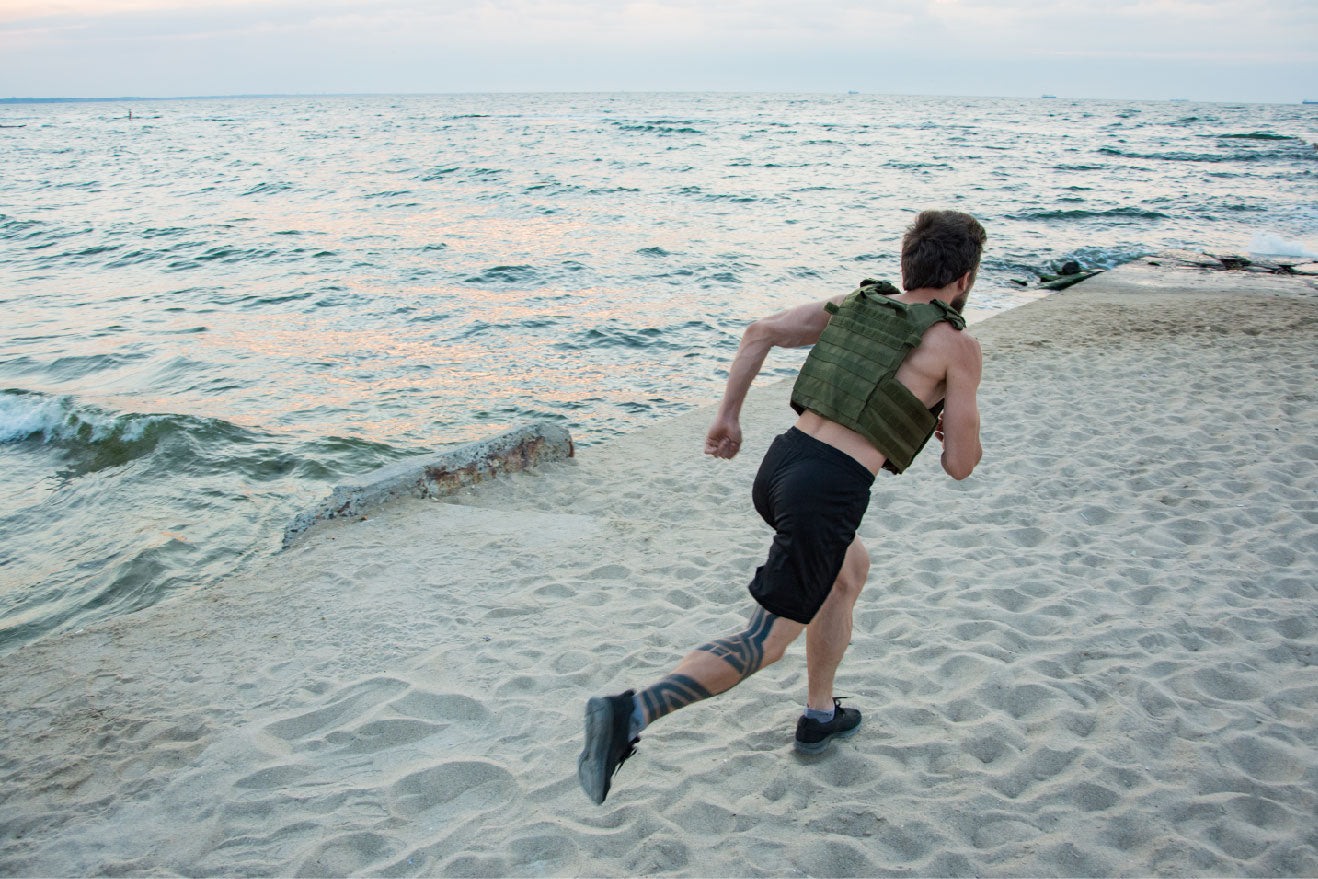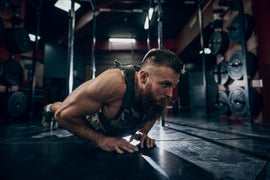
Running with a weight vest can be a powerful way to take your running routine to the next level. By adding resistance in the form of a weight vest, you can challenge your body and improve your strength, endurance, and overall performance. Here's what you need to know to get started.
Benefits of weight vest running
- Improved running form and efficiency: Weight vest running can help you engage your core and maintain proper posture, leading to improved running form and efficiency.
- Increased calorie burn: Because you're adding additional weight to your body, you'll be burning more calories during your runs, making weight vest running an excellent option for weight loss or weight maintenance.
- Enhanced cardiovascular fitness: helps as the amount of oxygen used at a given speed, leading to improved performance.
- Improved bone density and reduce the risk of osteoporosis.
- Increased muscle mass: The added resistance of a weight vest can help build muscle mass and improve overall muscle strength.
How to start running with a weight vest?
Before you start weight vest running, it's important to make sure you have the right equipment. A quality weight vest is essential, and you'll want to choose one that is comfortable and fits properly. Look for a vest with adjustable weights so you can customize the resistance to your own fitness level.
It's also a good idea to consult with a healthcare professional or a certified personal trainer before starting any new exercise routine, especially if you have any pre-existing health conditions or injuries. They can help you determine if weight vest running is right for you and provide guidance on how to get started safely.
Pay attention to your nutrition and hydration when weight vest running. The added weight of the vest can increase your caloric needs, so it's important to fuel your workouts properly and stay hydrated to help prevent injury and improve recovery.
Tips for weight vest running for beginners
2. Breaks: It's also important to listen to your body and take breaks as needed. If you're feeling tired or experiencing any discomfort, it's okay to take a break or cut your run short. It's better to err on the side of caution and gradually build up your distance rather than pushing yourself too hard and risking injury.
3. Weight and types of trials: When starting to run with a weight vest, it is important to choose a weight that is challenging but not too heavy. If the weight vest is too heavy, it can put too much strain on your muscles and joints, which can lead to injury. On the other hand, if the weight vest is not heavy enough, it may not provide the desired level of resistance.
As a general rule, you should start with a weight vest that is around 6-8% of your body weight. For example, if you weigh 150 pounds, you should start with a weight vest that is around 10 pounds. You can then gradually increase the weight as your strength and endurance improve.
It is also important to listen to your body and pay attention to any discomfort or pain while running with a weight vest. If you experience any pain or discomfort, you should reduce the weight of the vest or take a break from running with it until your body has had a chance to recover.
It's also a good idea to vary your running terrain. By running on different surfaces, such as hills, trails, or sand, you can challenge your body in new ways and improve your overall strength and endurance. Just be sure to choose trails that are appropriate for your fitness level and pay attention to your footing to help prevent injury.
So, get ready to take your running routine to the next level and reach your fitness goals. Just be sure to start slowly, listen to your body and you'll be well on your way to becoming a stronger, more efficient runner.



